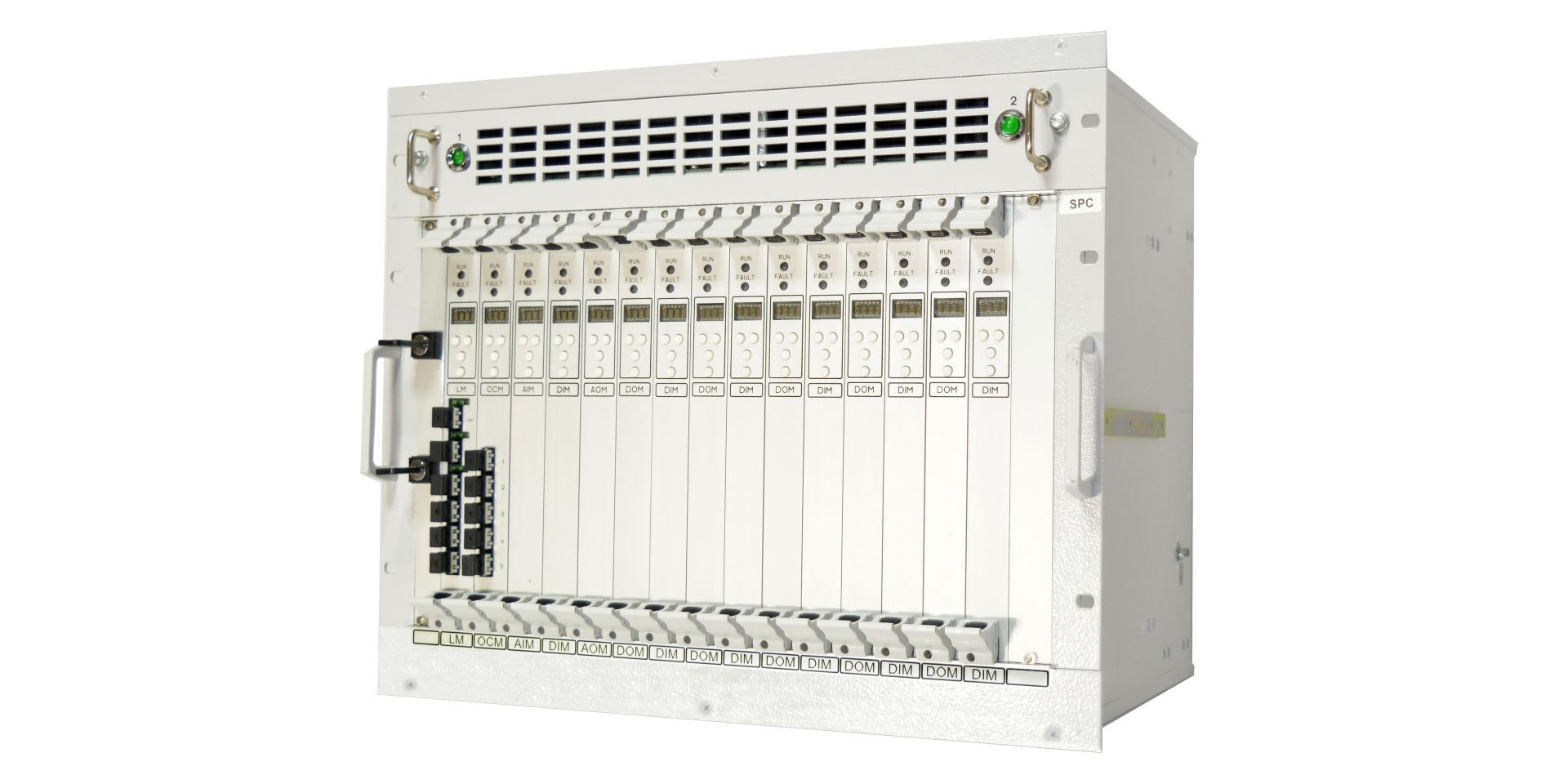Modernization, digitization, collaboration: Keys to a bright future for the nuclear industry

A couple of years ago, my wife and I were looking to purchase a new car. But just as we made that decision, major pricing inflation and supply constraints became an issue. So, we decided to wait. We also knew that we would need new tires before we could sell our current vehicle. Instead of buying the best quality (and expensive) tires, we got the much cheaper ones, knowing we would only use them for a brief period. Why invest in an asset that won’t be serving its purpose for you that much longer, right?





